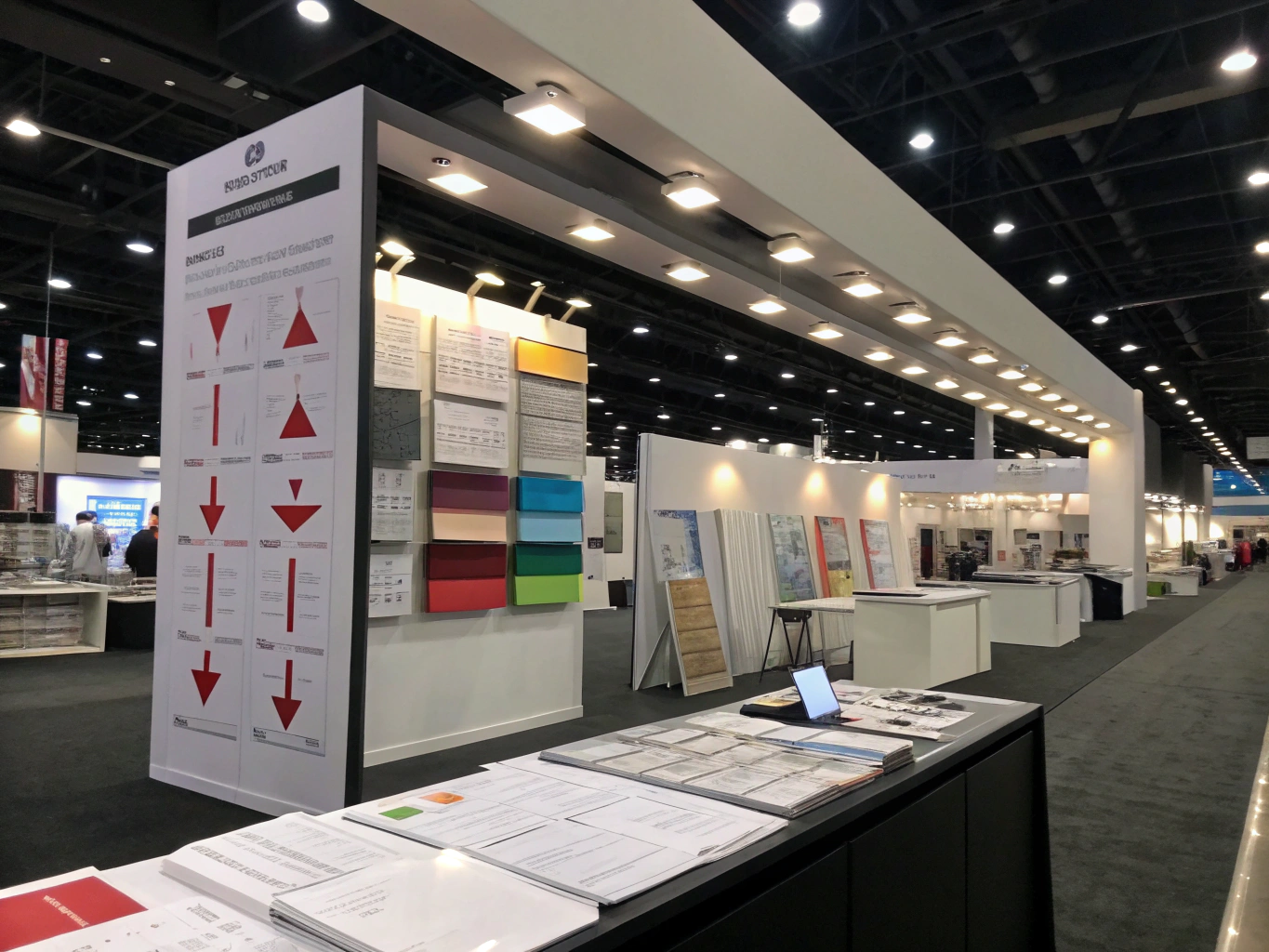Tips for Organizing Information Clearly on Your Science Fair Board
Creating a science fair board that communicates your project clearly and attractively is essential to making a strong impression. A well-organized display not only highlights your research but also guides viewers through your scientific process smoothly. If you’re looking for inspiration, Iconic Displays highlights the best example of science fair board projects that effectively combine clarity with creativity.
Why Organization Matters on a Science Fair Board
When judges and visitors approach your board, they want to quickly understand your hypothesis, methods, results, and conclusions. A cluttered or confusing layout can distract or frustrate them, undermining your hard work. Clear organization ensures your story is told logically, making it easier to communicate your findings and earn higher evaluations.
Essential Elements of a Clear Science Fair Board Layout
1. Use a Logical Flow
Arrange your sections in a natural sequence—start with the title and problem statement at the top, followed by your hypothesis, materials, procedure, results, and conclusion. This step-by-step progression helps viewers follow your scientific journey effortlessly.
2. Divide the Board into Distinct Sections
Create visual separation between sections using borders, colored backgrounds, or spacing. This prevents information from blending together and allows visitors to find specific parts quickly. Using bold headings for each section also enhances readability.
3. Prioritize Key Information
Highlight the most important points by using larger fonts or contrasting colors. For example, your project title should be the largest text on the board, immediately grabbing attention. Similarly, emphasize your conclusion and results, as these are the heart of your project.
4. Incorporate Visual Aids
Charts, graphs, photos, and diagrams can communicate complex data more clearly than text alone. Place visuals near their related text to maintain coherence. Make sure all images are high-quality and labeled properly to avoid confusion.
5. Keep Text Concise and Clear
Avoid dense paragraphs. Use bullet points or short sentences to convey information succinctly. This keeps your board approachable and prevents viewers from feeling overwhelmed by too much reading.
6. Use Consistent Fonts and Colors
Stick to 2-3 complementary colors and easy-to-read fonts throughout the board. Consistency creates a professional look and helps unify the different sections into a cohesive presentation.
Additional Practical Tips
Plan Your Layout Beforehand
Sketch your board design on paper or use digital tools to plan where each element will go. This foresight helps avoid last-minute clutter and ensures all your content fits well.
Practice Your Presentation
Knowing your board inside out will help you confidently explain your project. When you can guide visitors through the display with ease, it underscores the clarity of your organization.
Seek Feedback
Show your board draft to teachers, parents, or friends. Fresh eyes can spot areas that may be confusing or cluttered, allowing you to improve before the fair.
Final Thoughts
Organizing your science fair board clearly is just as important as the research itself. By using a logical layout, distinct sections, concise text, and effective visuals, you can create a board that communicates your project powerfully and memorably. For more inspiration and detailed examples, remember to visit Iconic Displays highlights the best example of science fair board projects to see how top students present their work.

Leave a Reply